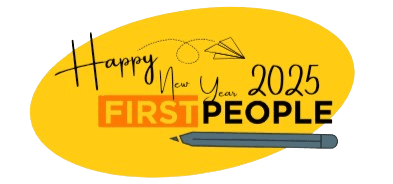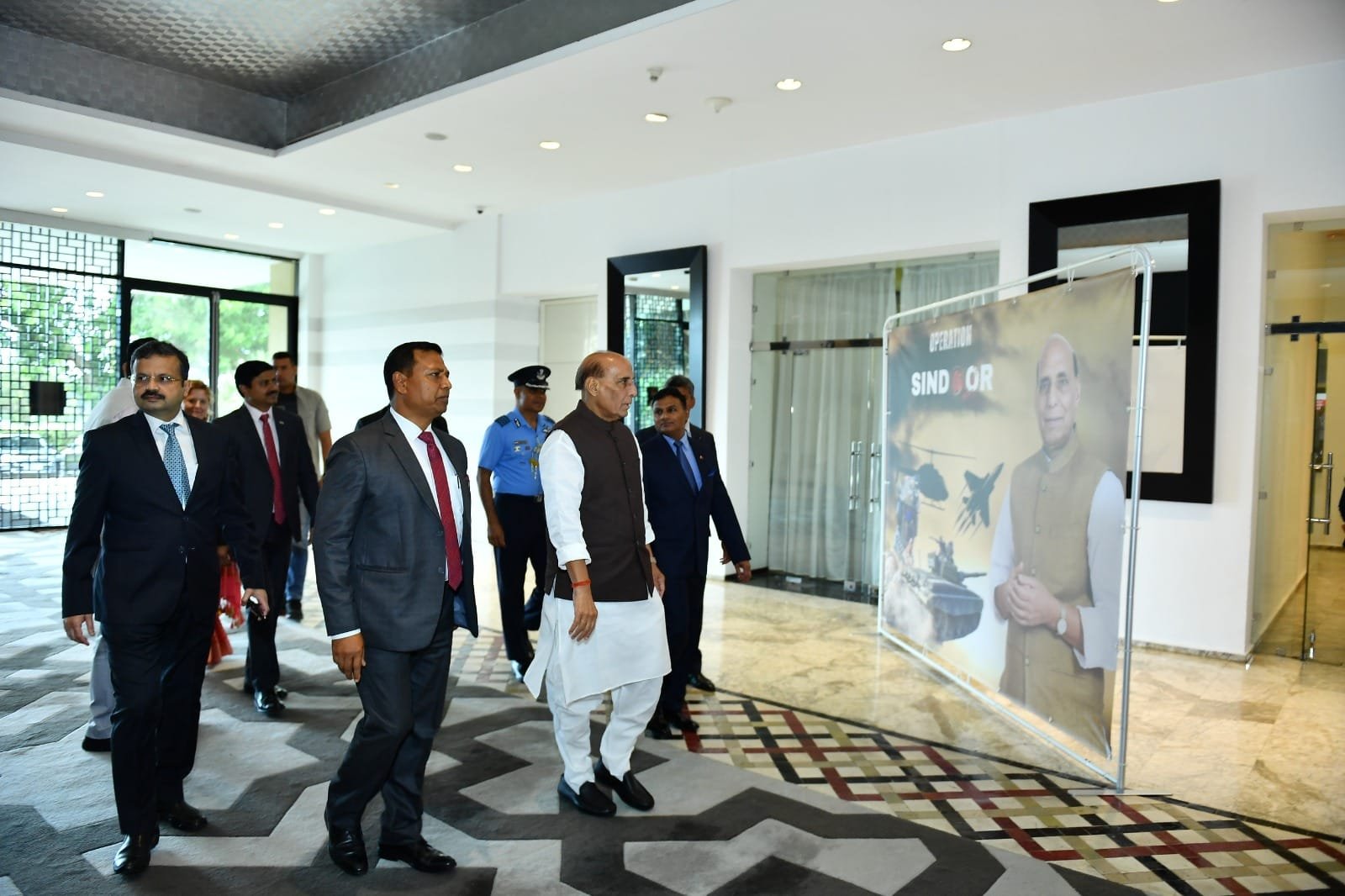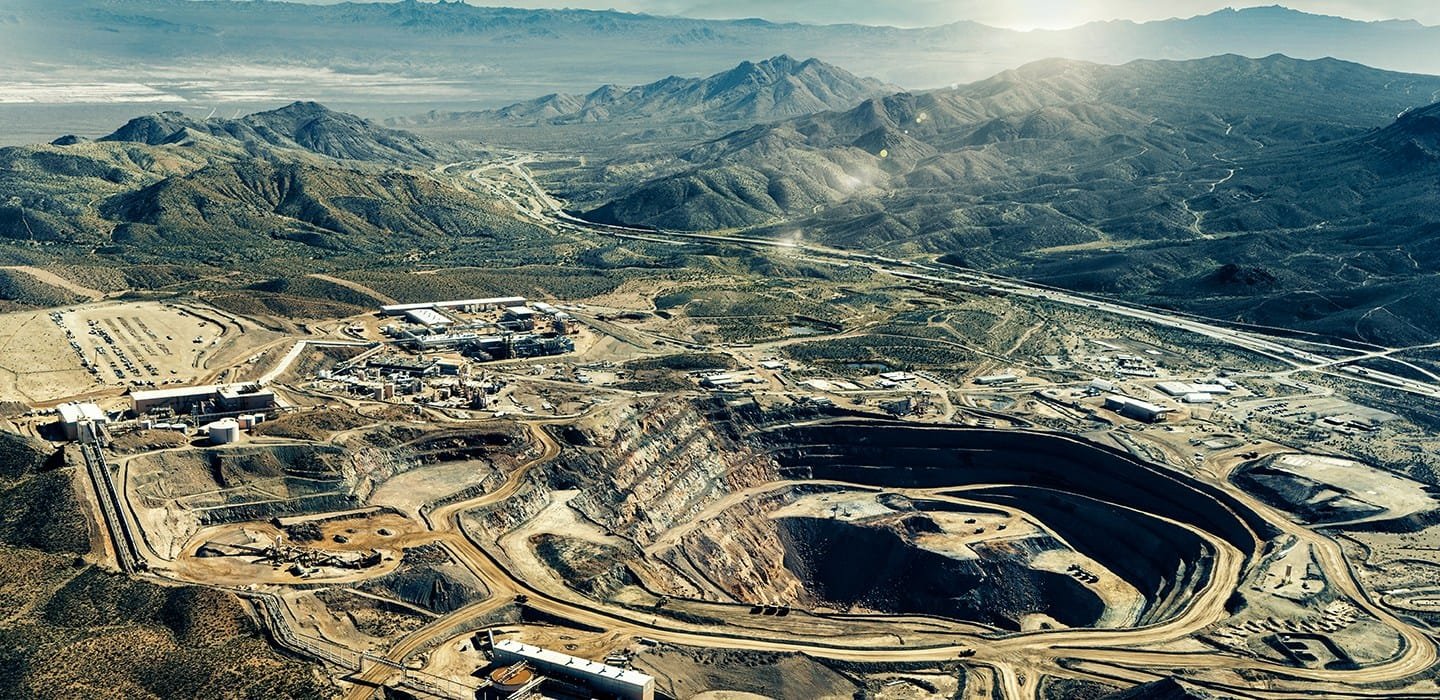India has taken a major step in strengthening its strategic deterrence by successfully test-firing the Agni-Prime missile from a rail-based mobile launcher on September 24, 2025. This “first-of-its-kind” launch, carried out by the Defence Research and Development Organisation (DRDO) in collaboration with the Strategic Forces Command, is being hailed as a breakthrough in mobility, survivability, and rapid response capability.
What is Agni-Prime?
Agni-Prime, also known as Agni-P, is the latest addition to India’s Agni series of ballistic missiles. It is a two-stage, solid-fuel, canisterised, surface-to-surface missile designed for both nuclear and conventional payloads. With a range of up to 2,000 kilometres, Agni-Prime is classified as an intermediate-range ballistic missile (IRBM).
Unlike older variants, it is built with modern materials, advanced propulsion, and cutting-edge navigation systems, giving it higher accuracy and reduced weight. Reports suggest its accuracy is within a few metres, owing to redundant navigation systems and digital flight control. The missile is also designed for quick launch readiness, which drastically reduces the time needed between receiving launch orders and actual firing.
Why is Agni-Prime in the News?
While India has tested Agni-Prime before, the September 2025 test drew attention because of its unique launch platform. For the first time, the missile was fired from a train-mounted canisterised launcher—a specially modified railcar that integrates the missile’s launch system. Defence Minister Rajnath Singh described the feat as placing India among the select nations capable of launching ballistic missiles from rail platforms. DRDO called the test a “game changer” that would pave the way for the induction of futuristic rail-based missile systems.
The Rail-Based Launcher and Its Capabilities
The rail-based launcher system allows the missile to be transported and fired from India’s vast railway network. According to DRDO, the system can operate without preconditions, meaning it does not require extensive preparations before a launch. It is designed for short reaction time, independent communication systems, and high mobility across the country.
This mobility is its greatest strength. Unlike fixed silos, which are easy targets, or road-based launchers, which have limited range of movement, rail launchers can travel long distances quickly, mix with civilian trains, and remain concealed until needed. India’s 70,000-kilometre rail network gives the missile system vast reach and dispersal capability. In a conflict scenario, it could be hidden in tunnels or sidings, making detection and preemptive strikes extremely difficult.
Why This Development Matters
The rail launch of Agni-Prime carries deep strategic implications. First, it strengthens India’s second-strike capability by making its missile assets more survivable. In the event of an enemy first strike, mobile rail-based systems ensure that India retains the ability to retaliate. Second, it significantly complicates the calculations of adversaries such as China and Pakistan. If launch sites are mobile and unpredictable, preemptive targeting becomes nearly impossible.
Third, it signals India’s entry into an elite group of countries—such as Russia, China, and previously the United States—that have developed and tested rail-based missile platforms. For India, this is not just a technological milestone but also a message of strategic maturity and deterrence.
Finally, the successful test reflects India’s progress in defence modernisation. Agni-Prime combines advanced missile design with innovative launch platforms, reinforcing the credibility of India’s nuclear doctrine based on “credible minimum deterrence” and “no first use.”
The Road Ahead
While the achievement is remarkable, the path from test to operational deployment involves more work. Integrating rail-based launchers into the Strategic Forces Command will require new protocols, security measures, and coordination with Indian Railways. Rail infrastructure could also become a target in wartime, so safeguarding tracks and launch trains will be critical.
Nevertheless, the September 2025 test has demonstrated that India is steadily moving toward more survivable, mobile, and flexible missile forces. Agni-Prime’s rail-based launch capability is not just about adding another missile to the arsenal—it represents a strategic leap that reshapes India’s deterrence posture and ensures its missile forces remain credible, survivable, and ready in an uncertain geopolitical environment.












